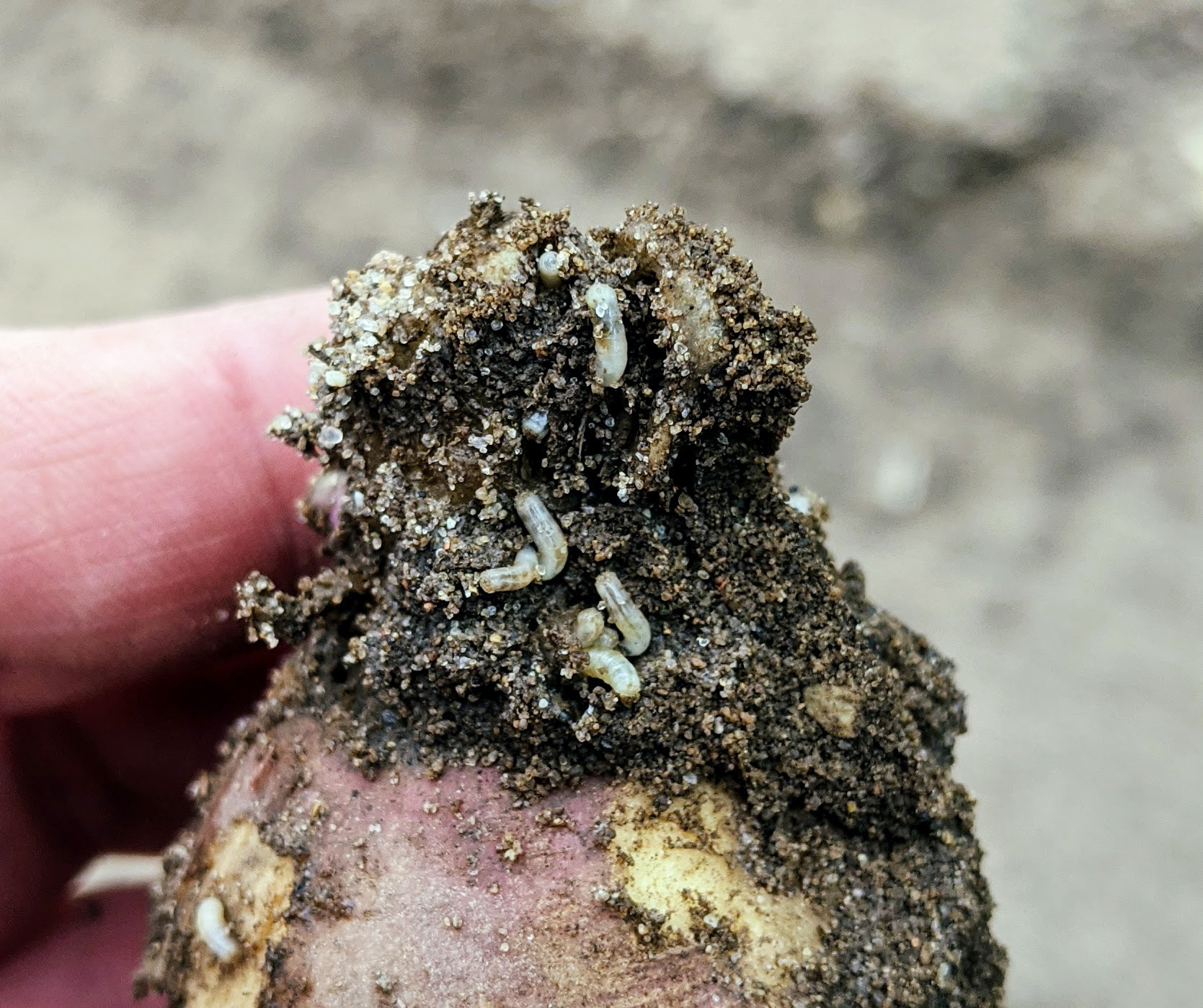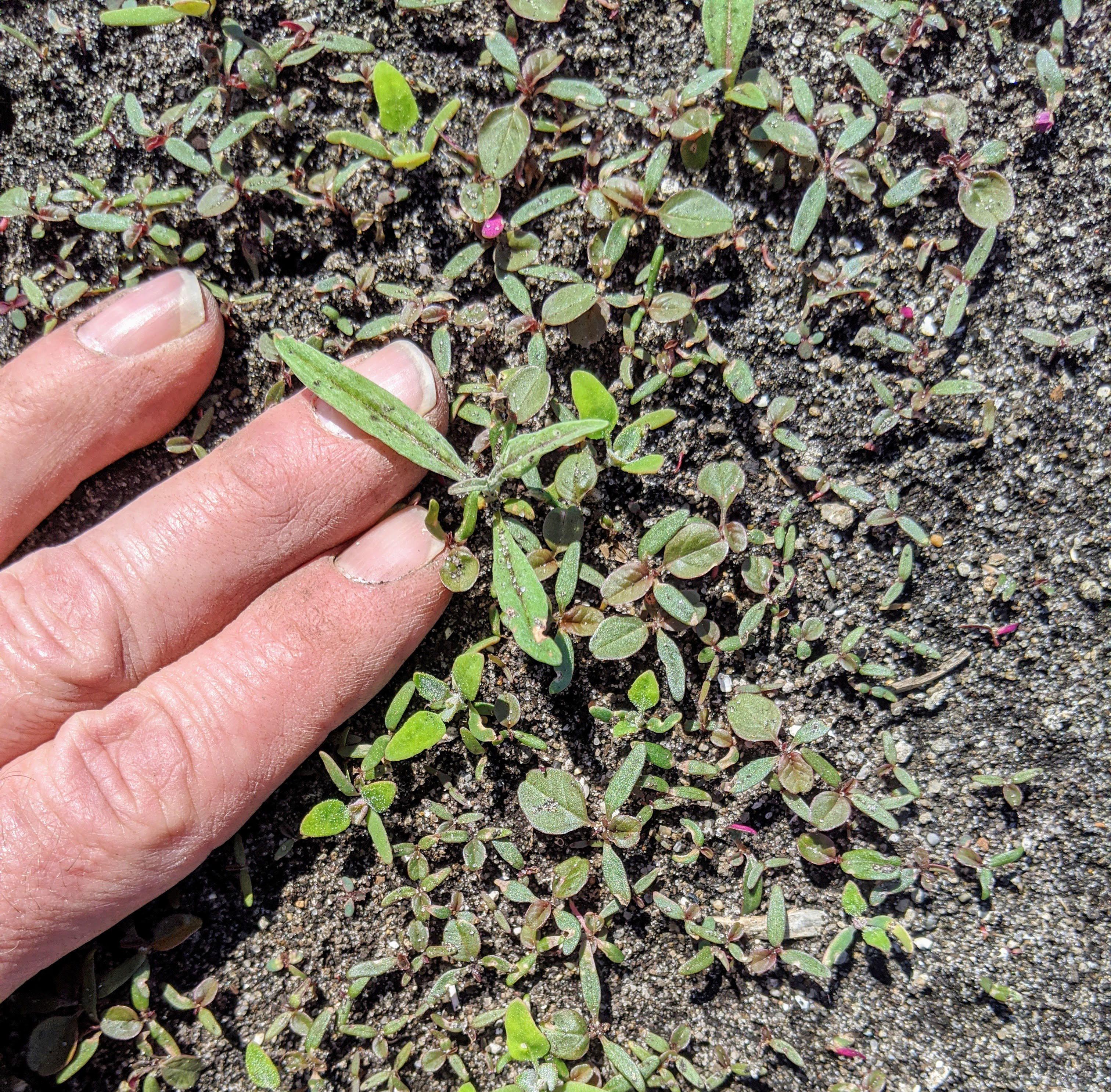West central Michigan vegetable update – June 3, 2020
Insect pest activity is starting to increase in some crops.

Weather
Temperatures will moderate with highs in the 70s and lows in the 40s/50s this weekend through early next week. Another front will pass overnight Thursday, June 4, into Friday, bringing scattered rainfall with totals 0.25 inches or less. Dry weather is then expected through the middle of next week when the remnants of tropical storm Cristobal could push northward to bring wet weather. Rainfall totals of 0.5 inches or less are predicted through next Wednesday with most rain expected to fall Friday.
There is not high confidence in the medium range temperature forecast through mid-June, reflecting uncertainty in the position of the Jetstream. Both medium range forecasts do call for wetter than normal weather due to tropical storm Cristobal.
Crop updates
Asparagus growers should be aware that our unseasonably humid and warm overnights may make prompt disease control more important than in a normal year, especially in 2-year-old fields that are laid by early. Fungicide programs could possibly be initiated once the main stem and secondary branches are expanded. Fields should definitely be covered when the cladophylls expand. Mancozeb could be used early as a lower cost alternative to chlorothalonil.
Celery scouts have captured aster leafhoppers in higher numbers over the past week. Infectivity results should be coming by the end of the week. Please contact me if you need to be added to the infectivity text contact list.
Carrot growers should be aware that aster leafhoppers are present in Oceana County. I captured leafhoppers at two Oceana County fields I visited yesterday. Infectivity results will be texted out by the end of the week. Please contact me if you need to be added to the contact list for infectivity texts. Dicing carrots had two to four leaves and slicers had cotyledons in fields I visited this week. It is difficult to sweep carrot fields right now, but the cover crop is a good place to try if it is still green; for example, in some of the later planted slicing varieties (Photo 1).

Cole crop growers should be aware that cabbage maggot activity has likely been ongoing. Larger maggots were visible on volunteer turnips at one Ottawa County location I visited last week (Photo 2). It takes between 21 and 27 days for maggots to complete development, so these maggots likely developed from eggs laid three to four weeks ago or around early to mid-May.
Cucurbit growers have been asking Dan Brainard, MSU Extension vegetable production systems specialist, about planting organic cucurbits into no- or strip-till situations with roller-crimped rye. This approach can work but needs careful planning or weed control can become an issue. In Brainard’s experience, two keys are: (1) having a very good rye stand, at least 45 inches tall and with 100% cover, and (2) upping nitrogen rates above normal as residue will tie it up. If rye stands are not good enough, weeds can emerge through the mulch layer and be very difficult to control mechanically. Note, mulches will cool soils, so this should be considered if your market places a premium on an early crop.
Onion growers should consider using good Stemphylium products early in their fungicide rotation this year, especially given our warm, humid overnights. The building blocks of a program could include the following materials:
- Luna Tranquility or Miravis Prime
- Tilt plus mancozeb
- Bravo Weatherstik
MSU plant pathologist Mary Hausbeck achieved good results when either Luna Tranquility or Miravis Prime were alternated with Tilt plus mancozeb and Bravo Weatherstik.

Onion growth has taken off, but stands are variable in some growing areas due to our freeze event and subsequent winds. Some weeds you may see this time of year include common lambsquarters, pigweed and smartweed. Moxy 2E (active ingredient bromoxynil, which used to be formulated as Buctril) and Chateau are labeled for onions of varying leaf stages and could be used to clean up weeds missed by Goaltender applications:
- Chateau: three to six true leaf stage onions, micro-rate apps are allowed at the two-leaf stage.
- Starane Ultra: two to six true leaf stage.
- Moxy 2E: two to five true leaf stage onions.
The weed spectrum controlled by these products varies. All carry a risk of crop injury, so contact your consultants before use. Experience and the labels suggest that applying Moxy and Starane Ultra too late can increase the risk of significant injury. Experience and the label also suggest that bromoxynil is best applied after at least two days of dry, hot and sunny weather. A 1 pint per acre rate of Moxy has activity against common lambsquarters and lady’s thumb/smartweed.



 Print
Print Email
Email

